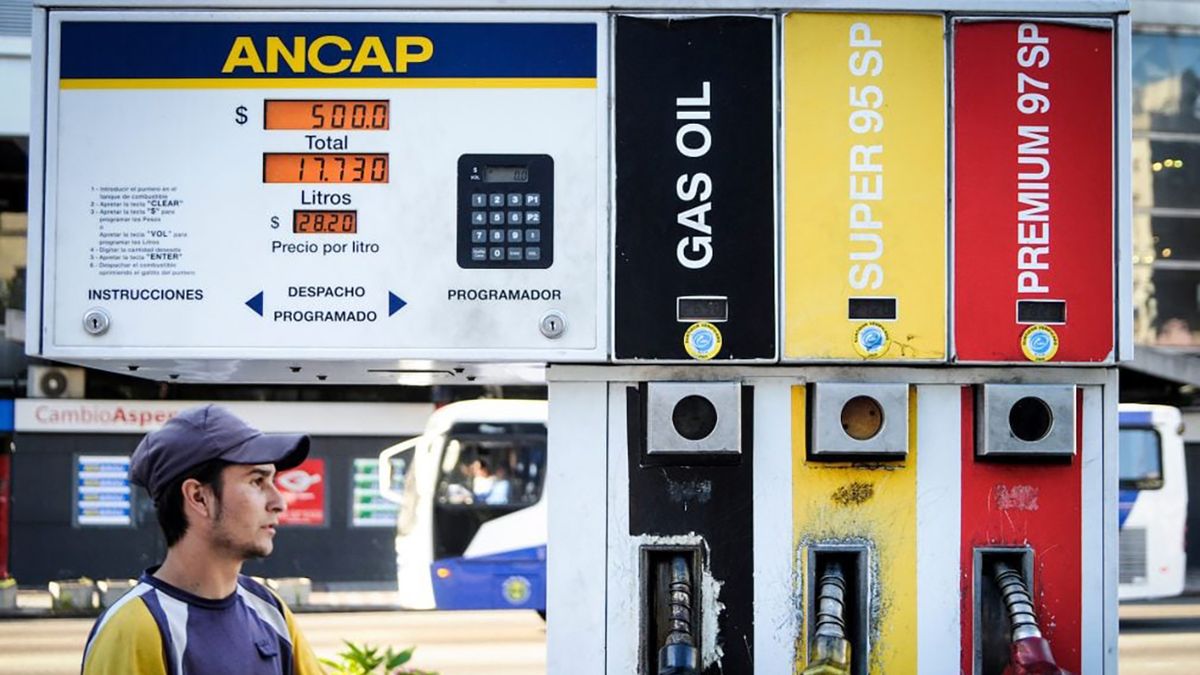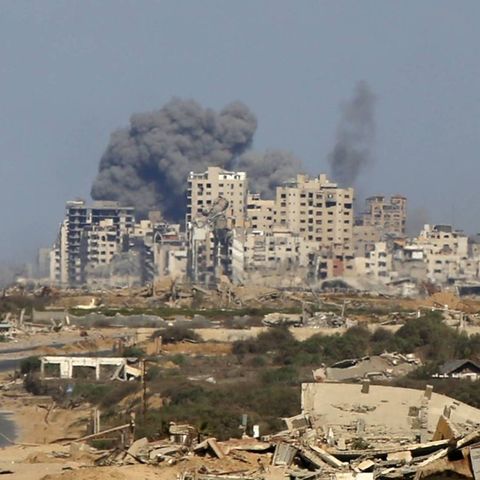The fuel sales continue to be unable to recover despite the measures taken to combat the price gap between Uruguay and Argentina, because the exchange difference continues to be a factor of greater influence for consumers in the country.
In that sense, the National Administration of Fuel, Alcohol and Portland (Ancap) presented the figures corresponding to sales at service stations in the coastal departments, which are at lower levels than in the pandemic.
Concern about the price gap in the border area —which in May grew again to 144%, according to the Border Price Indicator (IPF) of the Economic Observatory of the Catholic University (UCU)— is getting bigger, despite the different efforts and measures that the government implemented to reduce the negative effects of hundreds of people crossing into Argentina every day to get cheaper products. In this line, the drop in domestic consumption is not only felt in the shops in the area, but also in the service stations of Jump, Paysandú and Black river.
The figures presented by Ancap demonstrate this: in these departments, fuel sales were located, in the period corresponding to April and May, below the levels registered during the worst moment of the Covid-19 pandemic in the country. In total, during the surveyed two-month period, 4,000 cubic meters between the three communeswhile in the same period of 2020, the floor was 5,000 cubic meters.
According to the board of directors of the state oil company, the normal levels sales of fuels in those departments are around 7,000 cubic meters.
“The exchange rate difference with Argentina is really being felt because the demand for gasoline is shrinking. We identified that on the coast, we are even at the limits of what the pandemic was, when there was no mobility, we are in lower sales or in similar sales ”, indicated the general manager of Ancap, Ignacio Horvath.
For his part, the president of the company, Alejandro Stipanicic, considered that in the total sales numbers, the situation of the three coastal departments “are not significant figures” —just 6% of all cubic meters sold in the country. However, he pointed out that is “worrying” that the service stations of the Ancap seal of the border “are selling the same thing that was sold during the pandemic when there was no mobility”.
A growing gap and measures that are not enough
The critical situation on the coast continued to worsen in May also for the fuel sector: although the IPF registered a gap of 144%, the price of a liter of super gasoline was also 115% more expensive in Salto than in Concord, while the gasoline one was 207.5% more expensive. This, in addition, taking into account the extension of the discount to Internal Specific Tax (Imesi) to 40% that the government decreed in mid-May —added to the freezing of prices in the country for four months in a row.
This only shows that the measures implemented were not enough to alleviate a problem that is increasingly worrying, since with less taxes and unchanged rates, sales continued to fall.
It is enough to directly compare the fuel sold in April of this year with the cubic meters sold in April 2020: While in Río Negro and Paysandú the figures were the same —1,000 and 2,000 cubic meters, respectively—, in Salto the result was worse this yearwith sales that totaled just 1,000 cubic meters against the 2,000 that were sold at the worst moment of the pandemic.
“This taking into account card payments, Imesi discounts and other benefits, but just the same” it is not possible to compensate “the very important asymmetry” of prices between the two countries, said Horvath, confirming the seriousness of the current context.
Source: Ambito




